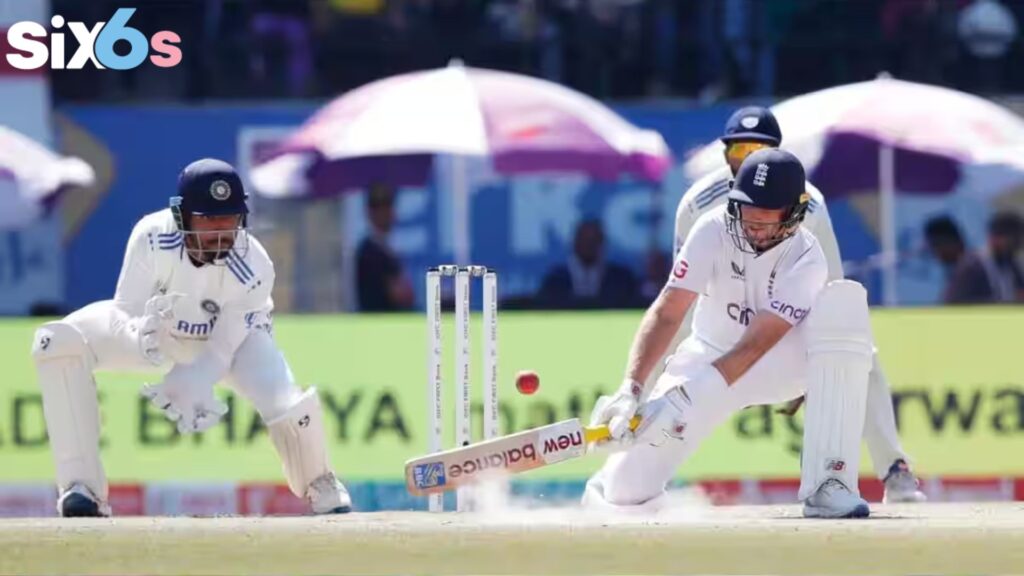
A Clash of Titans: Unraveling the Tug of War Between England and India!
The much-anticipated Test series between England and India was nothing short of a cricketing spectacle. Filled with highs and lows, twists and turns. While fans witnessed a display of exceptional talent and strategy from both sides, it was ultimately India who clinched victory. This analysis delves into the pivotal moments and key factors where England lost their grip on the series, Shedding light on the intense battle that unfolded across the pitches.
CRITICAL TURNING POINTS IN THE SERIES
The Battle of the Top Order
One of the stark contrasts between the two sides was the performance of their top-order batsmen. England’s top order struggled to find consistency and stability, which set the tone for several innings. The inability to build solid foundations in the early stages of their innings left England playing catch-up. A situation from which recovery was often too steep.
Spin Bowling: England’s Achilles’ Heel
The pitches in India, notorious for their turn and bounce. Became battlegrounds where the English spinners failed to exert the same control and threat as their Indian counterparts. England’s spin department, though equipped with talent, could not match the skill level and adaptability of the Indian spinners, leading to a decisive difference in the middle overs.
STRATEGIC MISCUES AND MISSED OPPORTUNITIES
Fielding and Catching Woes
Cricket is a game where moments can change the tide, and unfortunately for England. Several such moments slipped through their fingers—literally. Critical catches and fielding lapses at crucial junctures allowed Indian batsmen to capitalize, turning what could have been game-changing moments in England’s favor into missed opportunities.
Misreading the Conditions
Adapting to subcontinent conditions poses a significant challenge to visiting teams. England’s preparation and ability to read the pitches and adjust their game plan accordingly seemed lacking. This misalignment in strategy was evident in their team selection and approach to batting and bowling, contributing to their inability to dominate in Indian conditions.
Conclusion:
The Test series between England and India was a testament to the high-quality cricket both nations are capable of producing. While England showed flashes of brilliance and resilience, it was the failure to adapt to the conditions, along with inconsistencies in their top order and spin department, that ultimately led to their downfall. As England reflects on this series, the lessons learned here will be invaluable for their future tours, especially in the subcontinent. For India, the victory is a reaffirmation of their dominance at home, showcasing depth in batting, skill in spin, and agility in the field. The series not only provided enthralling cricket but also valuable insights into the strategic nuances that define Test cricket’s ever-evolving landscape.
